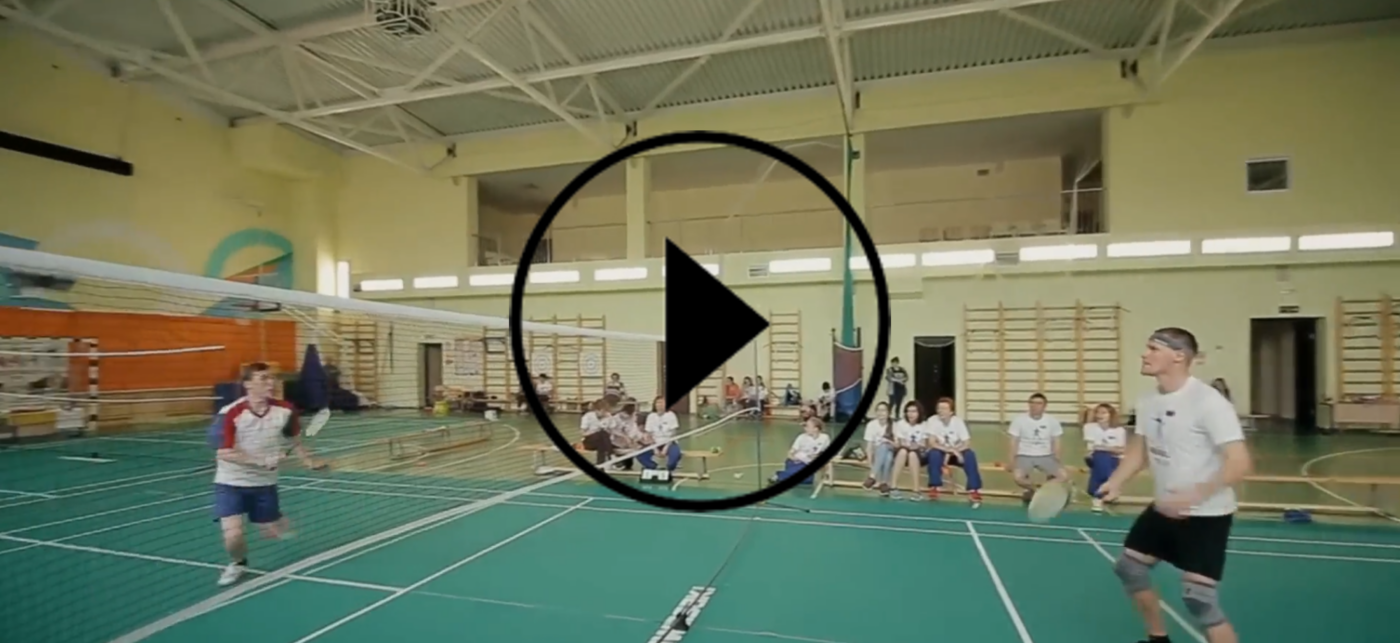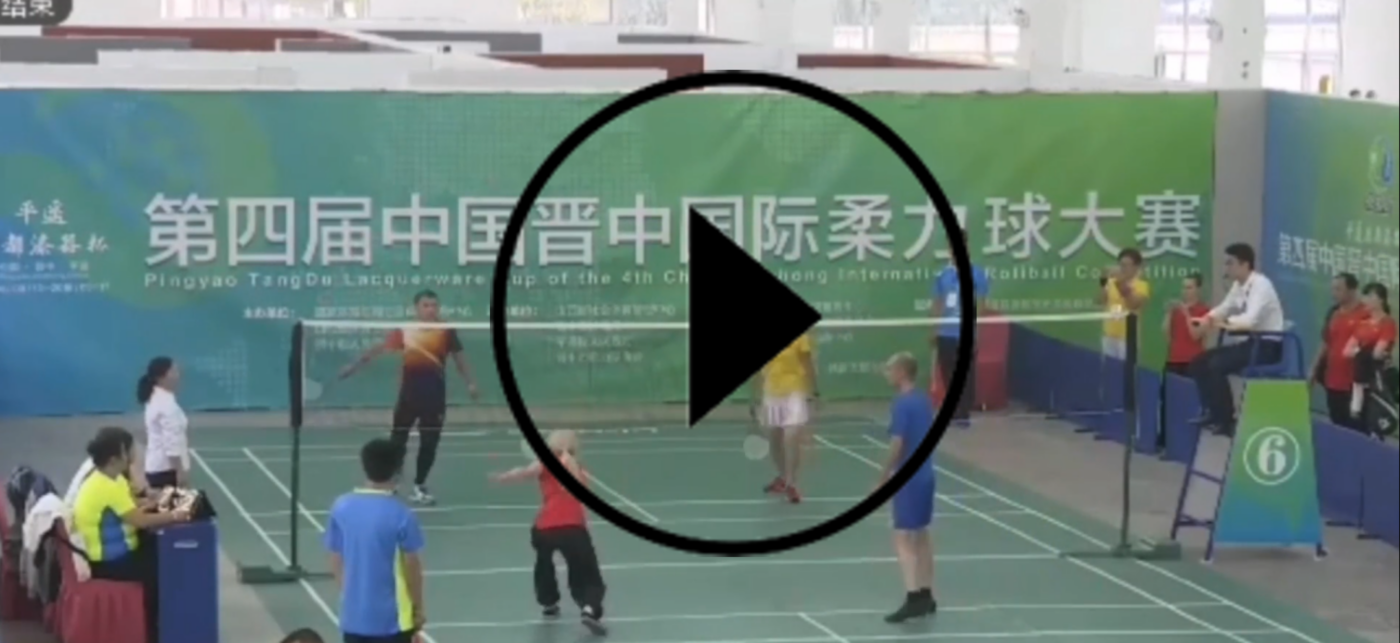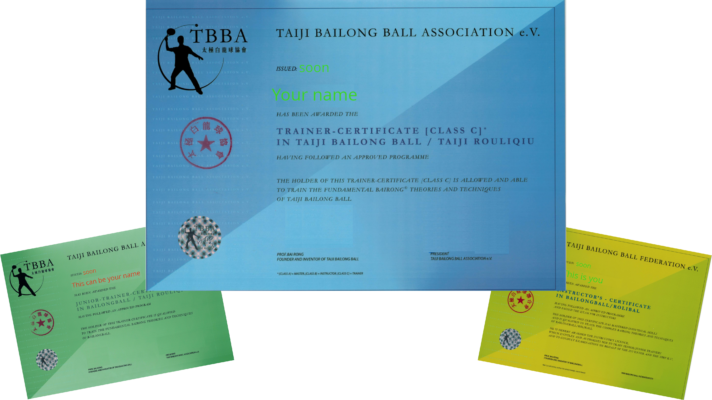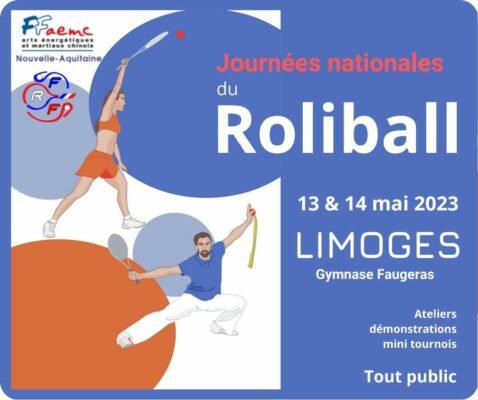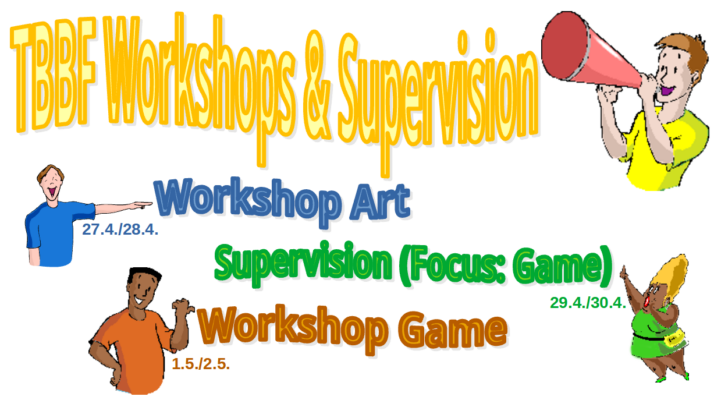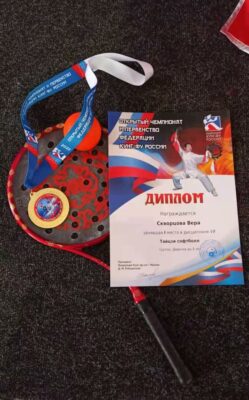You need a court with a net and opponents. Your goal is to outplay your opponents to score points. You can do this alone, in singles or with a partner in doubles. In your moves, you follow the ball in its trajectory and deflect it to swing it back. To win, you use your skill and speed, as well as the entire size of the opponent’s field by anticipating your opponent’s court coverage.
Singles
Your goal is to win 2 sets and thus the match. To do this, you have a serve as well as a multitude of other moves to your disposal, which you use as well-placed as possible, if necessary surprisingly as well as quickly. If your opponent does not reach the ball before it hits the ground or your opponents ball hits the net or is out of bounds, you score.
Doubles
Your and your partner’s goal is to win 2 sets and thus the match. To do this, you have a serve as well as a multitude of other moves at your disposal, which you use as well-placed as possible, if necessary surprisingly as well as quickly. If your opponents do not reach the ball before it hits the ground or your opponents’ ball hits the net or is out of bounds, you and your partner score.
Singles
You may know it from other racket sports like tennis or badminton – you compete against another player and try to outplay him with a strategy that suits your strengths. The more your game plan works out, the more points you score through direct wins or through mistakes made by your opponent. You play for two winning sets, each of which you win by 15 points, by a two-point margin, or whoever reaches 20 points first.
doubles
As with doubles in other racquet sports such as tennis or badminton, you compete with a partner against two opponents and try to outplay them with a strategy rooted in your combined strengths. The better you and your partner complement each other and the more consistently you play to your strengths, the more you score, either directly or through mistakes made by your opponents. You play for two winning sets, each of which you win by 15 points, by a two-point margin, or whoever reaches 20 points first.
Rules
Singles
The game is played best of three sets. A set is won with 15 points and at least a two point lead. With a one point lead, the first athlete to reach 20 points wins the set. There is a trade-off between flow and quality. Weighing the players’ technical skill level, the main referee has the task to protect the player adhering closer to the sport’s guiding principles. If both athletes are technically equal, the flow of play should be given priority.
Doubles
Rules are the same as for singles. With the additions:
- The serves follow a sequence / order of players: A1-B1-A2-A1-…
- The partner of the serving player may freely chose where to stand in the field.
The Court
- The singles court is 11.88m long and 5.18m wide
- The doubles court is 11.88m long and 6.10m wide
- The entire court should be free-standing within a radius of at least 1m
- The ceiling height must be at least 6m
- All lines are at least 2cm thick.
- The center line separates the court into two equal halves
- The half-field dividing line is parallel to the center line and 2.97m from it
- The half-field dividing line itself still counts as part of the front field
- Attack Area and Limited Are are separated by the half-field dividing line
- The serve area is behind the half-field dividing line in the back court.
- The net is stretched above the centerline
- Net height is 1.75m in the center and may be a maximum of 1.80m at the outer edges
General Rules
Scoring
Errors
- Balls touching the floor outside the court boundaries on the opponent’s side (out ball)
- Balls that do not make it across the net, are played under the net or even fly through the net
- Balls that are not caught or returned on your own side of the court
- Balls that touch anything other than the racquet blade or net during rallies (e.g., clothing, body parts, net stands, etc.)
- Balls where the racquet grazes / touches the ground during the swing process
- Balls where the player’s racquet touches a part of the body, clothing, net or net stand.
- Balls where the player steps on or over the center line
- Attack balls being played in the front court
- Balls where rackets of both players of a team touch each other in doubles or in which the racket touches a part of the body of a teammate during a swing process of a player
- Balls in which the player takes more than one step after the ball is on the racquet blade
- Balls where the acceleration distance or the swing distance is more than 360°.
Serve
Incorrect Serves
- the player does not stand in the dedicated serve area or on the separating line
- the player does not throw the ball clearly beyond 30cm
- the player moves both feet during the serve, losing contact with the ground
- the player jumps up or turns the racket during the serve
the player applies an incorrect swing technique after the ball is on the racquet blade, such as:- interrupted swings
- pushing, shaking or lifting the ball
- the ball does not reach the racket blade or it cannot be released out of the racket
- the ball does not cross over the net or is stopped by the net
- the ball touches the ground outside the prescribed area
- the ball touches other objects (except the net) after the serve, such as body and clothing parts of the own team
- The high throw-in and low let-out swing technique is not used
Attack Ball
Techniques in the front-area (includes the separating line).
Updates and Blogs
Here you can find updates and blog posts covering these disciplines.
Updates & Blogs
 Deutsch
Deutsch



